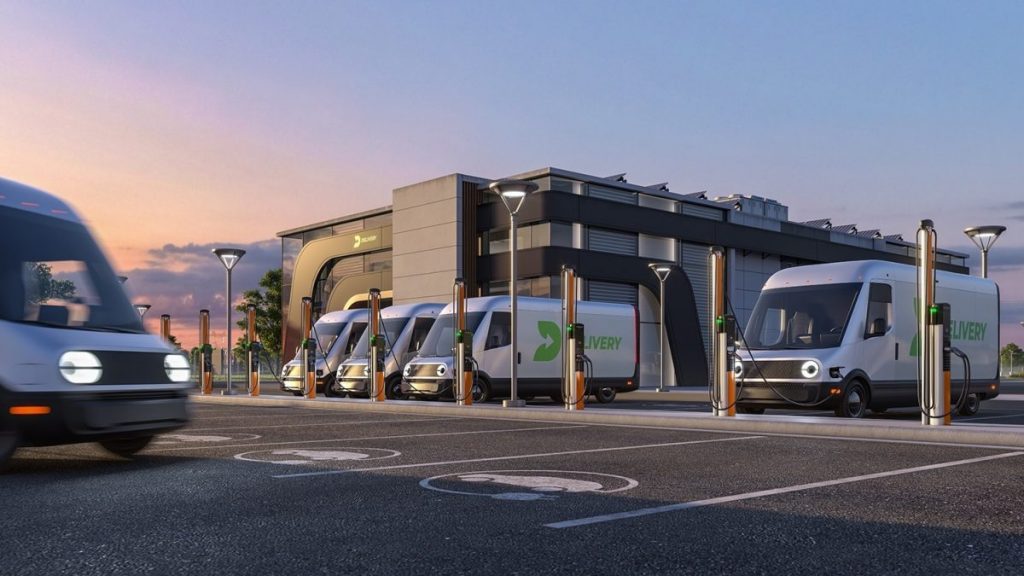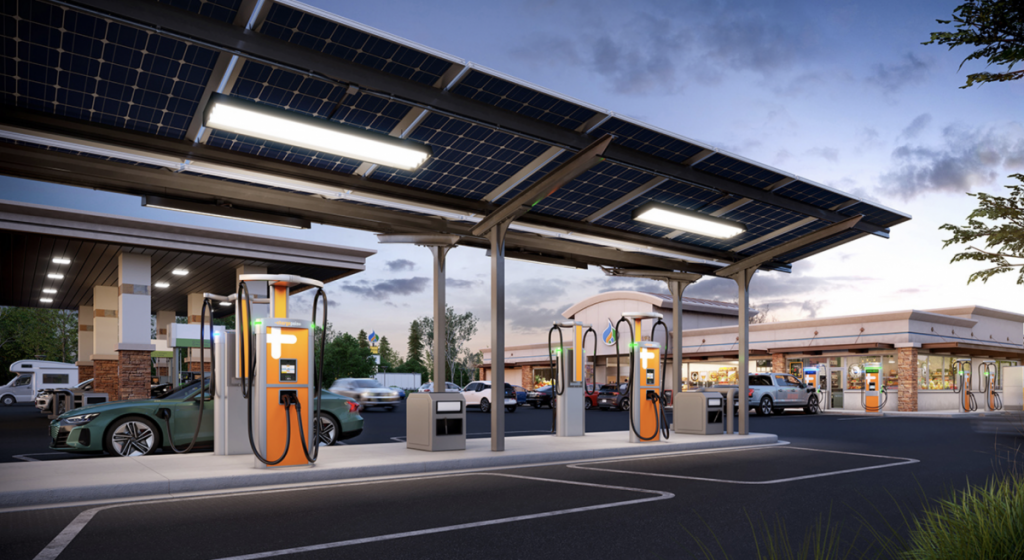Operators need to feel secure that they have full control of reliable, efficient and scalable charging infrastructure. By Richard Mohr
The mobility revolution has yet to fully take hold of the fleet industry; today we are in the early deployment stage for trucks and in the adoption stage across municipal buses. More vehicles are coming online, but adopting operators need to feel secure that they have full control of reliable, efficient and scalable charging infrastructure.
Regardless of fleet type or size, the logistics sector has emerged as a testing ground in electrification. With the surge of online deliveries during the COVID-19 pandemic, last-mile delivery services have been growing tremendously in urban areas across Europe. Clean transportation policies and an increasing and urgent focus on more sustainable, liveable cities, mean that the last mile is going fast towards electric vehicle (EV) fleet adoption. There are companies like online supermarket Picnic already delivering at 100% zero-emission. Retail giant Amazon has also committed to becoming carbon-neutral by 2040. What are the challenges and opportunities that these leaders are facing?
Whilst fleet managers naturally focus on vehicle type and availability first, the logistics of moving to a new way of fuelling is the key test they face. Charging many EVs, each with its own schedule, can be logistically challenging, as it requires high-power grid connections and extensive infrastructure. Usually, more than one vehicle needs to charge at the same time, putting pressure on the power grid. Grid limitations and peak power loads can also raise the electricity bill significantly. Companies need to partner with EVSE companies that provide visibility, access and control to EV fleets just like they have in place with their ICE fleets to help manage these costs.

Networked charging processes allow operators to monitor and manage charging sessions, which means they can remotely control when, for how long and how fast a vehicle charges. These solutions help by increasing the efficiency of the charging infrastructure and decreasing energy costs. Finding the right charging partner is key for businesses for which charging is mission critical. The right provider offers full control, allowing managers to monitor real-time state of charging and provide reporting that can not only help in the streamlining of operations by maximising station use but also help produce hard evidence in reaching sustainability goals.
Fleets with the need for on route charging, especially those made up of light duty vehicles with long routes, should also have access to a large, open network (roaming network). This ensures that should vehicles drive beyond their range, drivers can rest assured they can find, activate and pay at one of hundreds of thousands of chargers with the use of one company card.
In these situations, fleet management software with bespoke planning tools is essential for an efficient logistics operation. With both vehicles and chargers that need monitoring, a centralised operation with IT tools that can exchange charge data is crucial. This allows operators to perform energy management with ease, improve the accessibility of charging points and use networked charging processes to fully utilise the existing infrastructure whilst minimising costs and increasing vehicle time on the road.
For a high level of utility to take place, stations must be reliable from a networked perspective and must be built on sound engineering. An effective charger must have SMART FRUs — embedded sensors offering remote diagnostics capable of monitoring uptime and warning of any potential dangers. Ensuring that your solution is modular and designed in such a way that any potential issues can be fixed quickly and effectively by electrical engineers who may not have experience with that particular charger type drastically improves uptime.

The charger must also be able to scale with the business and its employees. As charging moves to the mass market, more inexperienced users will encounter it. Offering an easy way to master a positive charging experience through the ability to offer large displays in multiple languages is key. A single, adaptable charger across the operation will drastically reduce training times, maintenance and costs. In turn, this makes the transition much smoother. Chargers can offer a single backend and operating system, with the ability to adapt for specific fleet needs, whether this is single or dual ports, cable attached or socketed, or whether this is the ability to scale power as needs evolve.
Overall, operators need to feel secure that they have full control of reliable, efficient and scalable charging infrastructure. As discussed, this is done through a variety of fleet management tools and software to maximise the user experience on both sides—operators and fleet drivers. In order to ensure operators are feeling secure in their fleet management throughout the electrification process, all these points need to be addressed. The reliability and efficiency of charging infrastructure is of the utmost importance.
About the author: Richard Mohr is Vice President of Fleet at ChargePoint, where he is helping fleets prepare for the future of transportation
